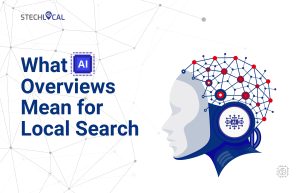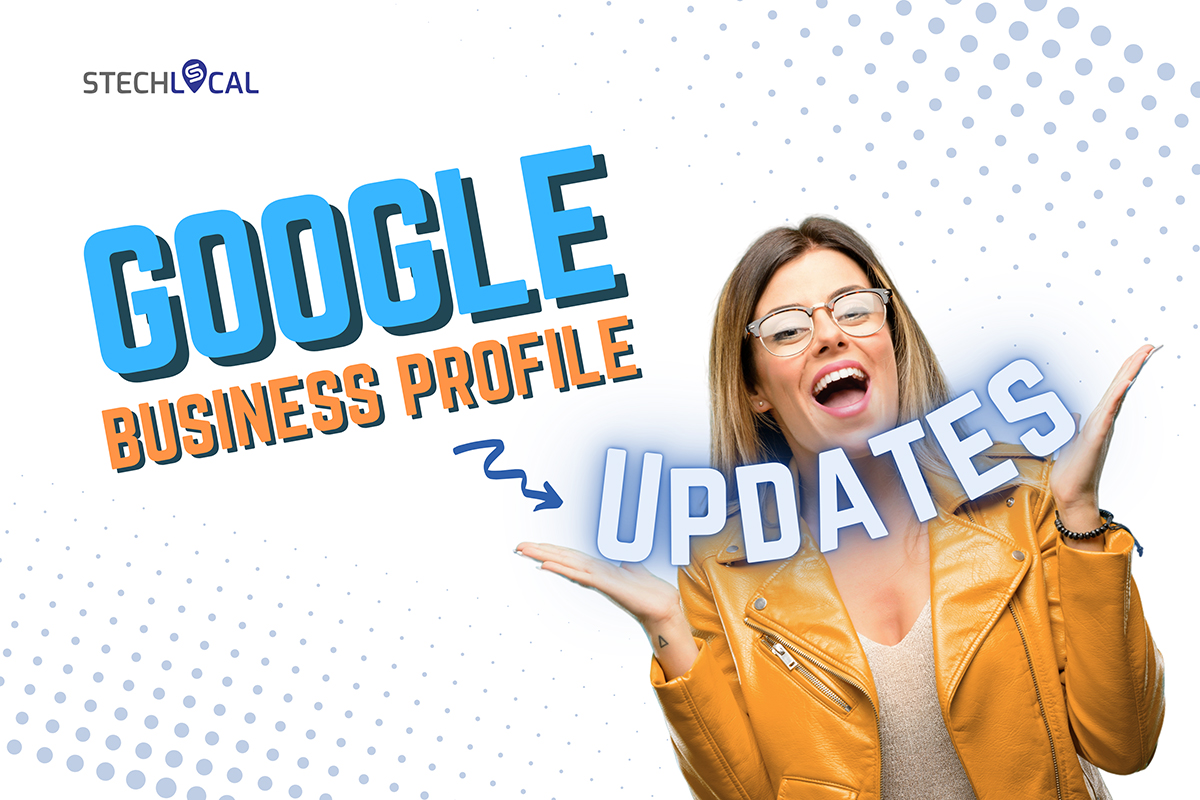Top Local SEO Algorithm Updates in 2025
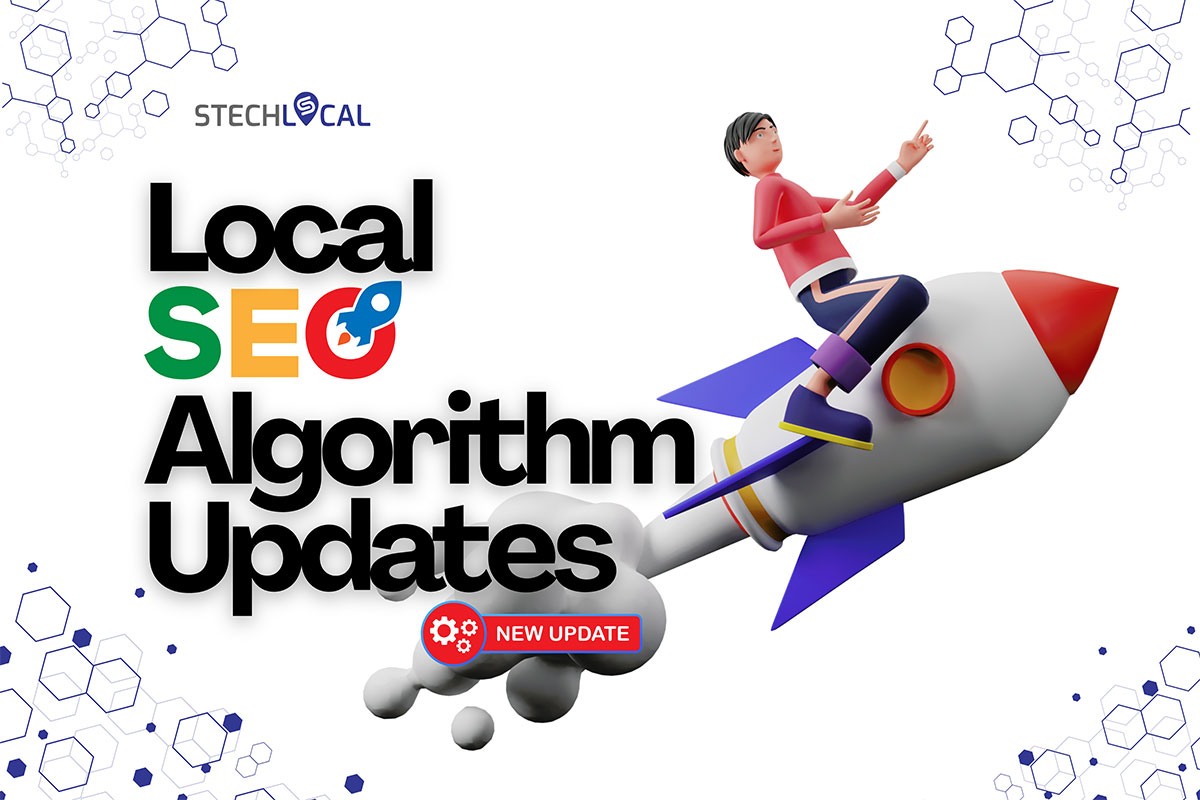
Local SEO in 2025 is no longer about just being listed—it’s about being the most relevant, responsive, and reliable option in your service area.
In 2025, Google introduced several key updates to its local search algorithm, significantly changing how businesses appear in local search and map results. These changes focus heavily on user intent, real-time engagement, content freshness, and AI-powered personalization.
For small and local businesses, staying informed and adapting to these updates is critical to maintaining visibility and attracting nearby customers.
Let’s discuss the top local SEO algorithm updates shaping the local search landscape in 2025.
How Algorithm Updates Affect Visibility, Traffic, and Conversions?
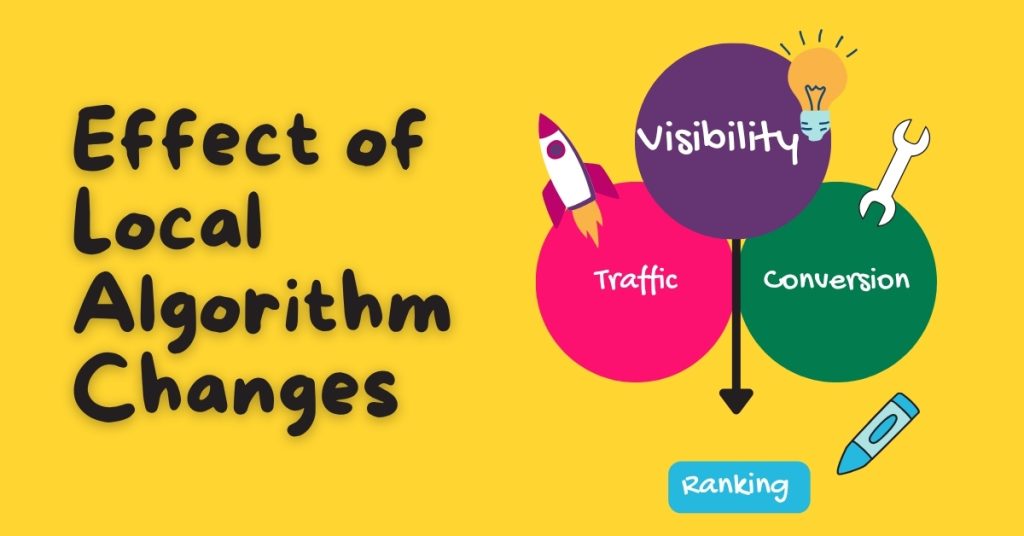
“Based on our analysis across hundreds of local business profiles, we’ve seen that businesses optimizing for hyperlocal intent and adding weekly content updates are outperforming competitors in both visibility and engagement.” – Akmal Faizan, Founder, Stech Local
Local SEO algorithm updates in 2025 directly impact how your business ranks and who sees your listing, making it essential to understand their effects.
-
Visibility: Algorithm changes now prioritize real-time relevance, user engagement signals (like clicks, messages, and reviews), and content freshness.
This means outdated or poorly optimized listings may drop local rankings, while businesses with active and accurate profiles gain more visibility in the Map Pack and organic local results.
For example, a local spa that started posting weekly service updates and responding to every Google review saw a 47% increase in map visibility and bookings in just two months.
-
Traffic: As Google better understands user intent through AI and contextual search, businesses that align their content and listings with searcher behavior see increased targeted traffic.
On the other hand, those who rely solely on traditional tactics may notice a decline as Google favors hyperlocal and highly relevant results.
- Conversions: Enhanced features like messaging, AI-generated FAQs, instant booking, and review summaries help convert searchers into customers faster.
Algorithm updates favor listings that engage users effectively, so businesses that provide quick, clear, and compelling information are more likely to drive calls, visits, and purchases.
According to Forbes Business Council (2025), Google’s local algorithm now prioritizes dynamic engagement — including features like posts, Q&A responses, and profile freshness — over static profile information alone.
Core Local SEO Algorithm Updates in 2025
1: More Emphasis on User Experience (UX)
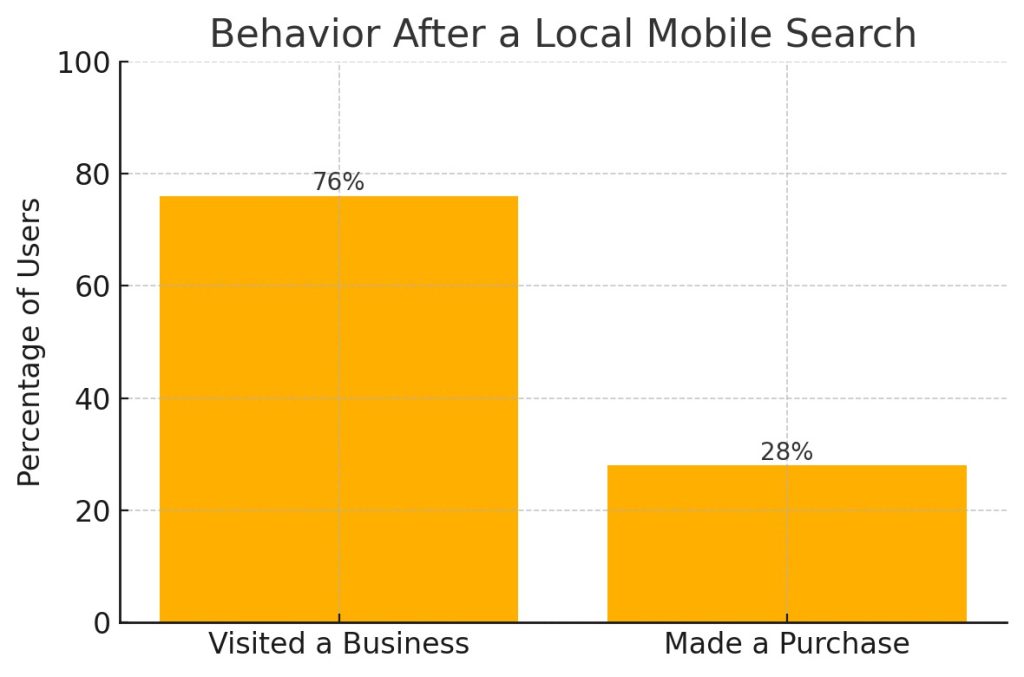
In 2025, local SEO algorithm updates have emphasized user experience (UX) as a key ranking factor. Google’s local algorithm now rewards businesses that deliver fast, mobile-friendly, and engaging online experiences.
76% of people who search for something nearby on their smartphone visit a business within 24 hours, and 28% result in a purchase.— Google Consumer Insights
88% of searches for local businesses on a mobile device either call or visit the business within 24 hours. — Nectafy via HubSpot
Here’s a breakdown of the core UX-focused updates and what they mean for your local visibility:
-
Faster Loading Speeds: Website speed is no longer optional. Google expects local business websites to load on all devices in under 2 – 3 seconds. Slow-loading sites increase bounce rates and reduce user satisfaction, leading to lower rankings in local search results.
Tip: Use tools like Google PageSpeed Insights or Lighthouse to identify and fix speed issues such as large images, unoptimized scripts, or excessive redirects.
-
Mobile-Friendly Designs: With Google’s mobile-first indexing, your website must be responsive and easy to use on smartphones and tablets. It includes touch-friendly buttons, readable text, and layouts that adapt to different screen sizes.
Tip: Test your site with the Mobile-Friendly Test to meet modern UX standards and accessibility guidelines.
-
Seamless Navigation: A clean, intuitive user interface helps users to find what they need quickly, reducing bounce rates and increasing dwell time, both positive ranking signals. Confusing layouts, broken links, or cluttered menus prevent engagement and local visibility.
Tip: Simplify your site’s navigation by focusing on user intent. Include clear CTAs (e.g., “Call Now,” “Get Directions”) and keep menus minimal but functional.
2: New AI Role in Search
With the evolution of AI-driven search engines, local SEO in 2025 now leans heavily on semantic understanding, predictive intent, and natural language processing. Businesses must tailor their strategies to how AI interprets content and user behavior.
-
Semantic Search: AI no longer looks just at keywords; it understands context and intent behind search queries. Your content must be comprehensive, well-structured, and relevant to specific user needs.
For example, if someone searches for “best Italian restaurant for family dinner near me,” Google considers not just the keywords but also sentiment, setting, time relevance, and business attributes.
Tip: Use structured data (Schema markup) to highlight key details like menu, hours, pricing, and customer reviews. Build content that answers fundamental questions customers ask in your niche.
-
Voice Search Optimization: As AI assistants like Google Assistant, Siri, and Alexa continue to rise in popularity, more local searches are done via voice. These queries tend to be longer and more conversational (e.g, Where can I find a pet-friendly cafe in downtown Chicago?).
Tip: Focus on long-tail keywords, FAQ-style content, and natural-sounding phrases. Create sections that directly answer specific “who,” “what,” “where,” and “how” questions.
-
Actionable Tip: Use tools like SEMrush, Ahrefs, or AnswerThePublic to research trending local and conversational queries. Adapt your content strategy with intent-based headings and subheadings and provide in-depth, localized answers.
3: E-E-A-T Will Remain Crucial
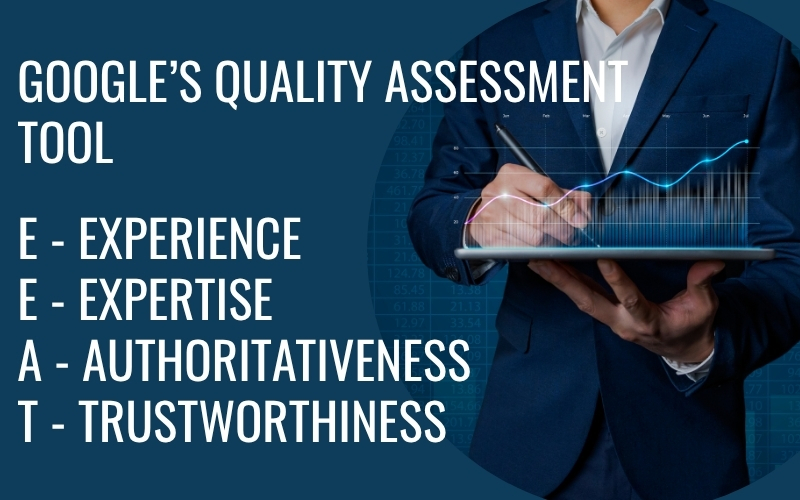
In 2025, E-E-A-T (Experience, Expertise, Authoritativeness, and Trustworthiness) continues to be a cornerstone of Google’s quality assessment for content, especially in local search results, where trust plays a major role in customer decision-making.
Businesses that demonstrate strong E-E-A-T signals are more likely to rank higher, attract engagement, and convert local users into loyal customers.
-
Publish Quality Content: Google prioritizes accurate, in-depth, and original content. For local businesses, this means creating helpful, relevant content tailored to your industry and community.
Tip: Use blog posts, FAQs, service pages, and local guides that answer real customer questions and reflect hands-on experience or expertise.
-
Earn Authoritative Backlinks: Backlinks from trusted, industry-relevant, and local authority sources endorse your business’s credibility. These could include local news sites, chambers of commerce, community blogs, or niche directories.
Tip: Collaborate with local partners, host community events, or get featured in local media to build these links naturally.
-
Prove Credibility: Establish trust by showcasing author bios, team credentials, certifications, testimonials, and clear contact information.
Tip: Add detailed “About Us” sections and staff profiles, and display third-party reviews or affiliations (like BBB or industry associations) to reinforce authenticity.
4: Visual Search
Visual search uses artificial intelligence and image recognition to identify objects, places, or products in a photo and return relevant results, often including local business listings, reviews, and directions.
Example: A user takes a photo of a storefront or food item, and Google returns business info, hours, menu, or nearby alternatives.
Why Visual Search Matters for Local SEO?
- Improves Discoverability: People can find your business through images, not just keywords.
- Enhances Local Listings: Geo-tagged and well-optimized images can boost rankings of visual and local search results.
- Drives In-Person Visits: Users searching visually are often closer to the point of decision, such as looking for a product they just saw in-store.
- Increases Engagement: High-quality visuals lead to better click-through rates and longer on-page time.
How To Optimize for Visual Search?
As per studies, businesses with complete Google Business Profiles receive 7x more clicks than those that are incomplete.
- Use High-Quality, Original Images: Showcase your storefront, team, products, services, and interior.
- Geo-Tag Your Photos: Add location metadata to images uploaded to your website and Google Business Profile.
- Optimize Image Alt Text & File Names: Describe images clearly with relevant keywords and location info.
- Enable Structured Data (Schema Markup): Mark up products, local business info, and images to help search engines understand your content visually.
- Consistent Branding Across Images: Use logos, signage, and uniform styles to help visual recognition tools connect images with your brand.
5: Local SEO Will Be More Targeted
One of the most impactful core local SEO algorithm updates in 2025 is the shift toward more targeted and hyperlocal search results.
Google now uses advanced AI and machine learning to deliver search results that reflect ultra-specific user intent, location signals, and behavior patterns, down to the neighborhood or street level.
What’s Changed in the Algorithm?
- Precision in Geo-Targeting: Google’s algorithm now prioritizes proximity accuracy, showing results based on micro-locations like neighborhoods, landmarks, or intersections.
- Personalized SERPs: Search results are customized in real time using data such as search history, preferences, and local behavior patterns.
- Increased Weight on Hyperlocal Content: Businesses with content and pages tailored to specific service areas or communities now see better rankings and engagement.
What Should You Do Now?
To stay competitive with this targeted shift in the algorithm:
- Develop Hyperlocal Landing Pages: Create separate pages for each area, using specific names, local events, and nearby landmarks.
- Optimize with Long-Tail, Localized Keywords: Use search terms like “family dentist in Brooklyn Heights” instead of broad phrases.
- Leverage Local Schema Markup: Add structured data for each service area to help search engines understand your relevance.
- Post Localized Updates on GBP: Google Business Profile posts that mention local deals, events, or neighborhood-specific content are more likely to rank.
Importance of local SEO in 2025
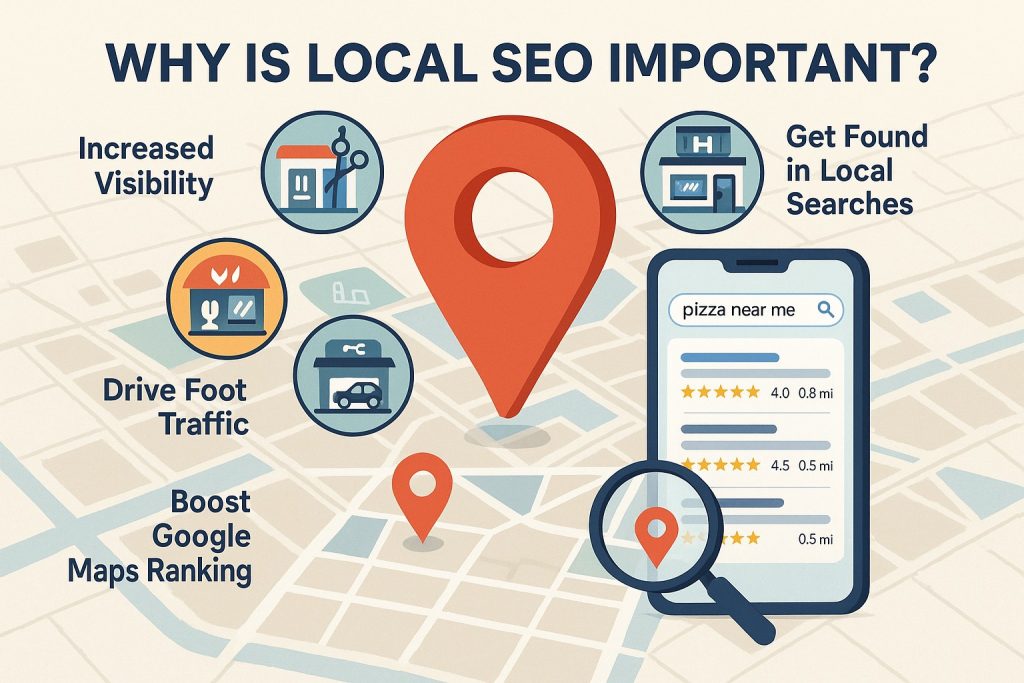
In 2025, local SEO is more essential than ever for businesses aiming to connect with customers in their immediate area. As consumer behavior shifts toward mobile and voice searches, and algorithms favor personalized, proximity-based results, being locally visible online is a critical competitive edge.
Why Does It Matters Now?
-
Mobile-First Behavior: Most local searches happen on smartphones, often with high intent (e.g., “near me” queries).
58% of consumers have used voice search to find local business information in the past 12 months. — Search Engine Journal
- Voice and AI Search: People increasingly use voice assistants to find local services, requiring conversational and hyperlocal optimization. Studies show that mobile voice-related searches are 3X more likely to be local-based than text.
- Zero-Click Searches: Google now answers many queries directly in the local pack, so a well-optimized Google Business Profile (GBP) is essential as per recent GBP updates.
- Real-Time Relevance: Search results are dynamically tailored based on time, location, and user behavior.
How To Adapt to SEO Algorithm Updates in 2025?
1: SEO Audit Regularly
In 2025, regular SEO audits are essential to stay aligned with evolving algorithms.
These audits help you:
- Detecting and fixing technical issues affecting crawlability and performance.
- Identify outdated or underperforming content that needs refreshing.
- Ensure your website is fast-loading, mobile-friendly, and user-friendly.
- Maintain NAP consistency and local SEO elements like schema markup.
- Monitor backlink health and remove toxic links.
- Evaluate your Google Business Profile and other local listings for accuracy.
Pro tip: Schedule monthly or quarterly audits using tools like SEMrush, Ahrefs, Moz, or Screaming Frog to ensure your strategy stays current and competitive.
2: Create People-First Content
Search engines prioritize content that genuinely helps users, not just ranks.
To align with this shift:
- Focus on answering real questions and solving specific problems.
- Use a clear, relatable tone that aligns with how your audience searches and speaks online.
- Incorporate firsthand experience, expert insights, and original research.
- Avoid keyword stuffing and thin content that adds little value.
- Structure content for readability with clear headings, bullet points, and visuals.
Pro Tip: Use tools like Google Search Console, AnswerThePublic, or AlsoAsked to find the questions your audience is asking.
3: Automation and Advanced SEO Tools
Automation and advanced SEO tools are essential for staying efficient and competitive in 2025. They help streamline tasks, reduce manual effort, and provide real-time insights to improve strategy.
Key benefits and actions:
- Automated Reporting: Use platforms like SEMrush, Ahrefs, or Moz to schedule and receive regular SEO performance reports.
- Local SEO Management: Review management tools help manage citations, reviews, and local rankings at scale.
- Content Optimization: Use Surfer SEO, MarketMuse, or Clearscope to analyze top-performing content and optimize yours accordingly.
- Rank Tracking and Alerts: Monitor keyword positions and get alerted to sudden drops or gains using SERPWatcher, ProRankTracker, or AccuRanker.
Pro Tip: Combine automation with human oversight; tools give data, but strategy requires critical thinking.
4: Keep an Eye on Competitors
Monitoring your competitors is key to adapting to local SEO algorithm changes and staying ahead in 2025. You can uncover valuable insights and improve your strategy by analyzing what top-performing local businesses are doing.
Here’s how to do it effectively:
- Track Local Rankings: Use tools like BrightLocal, Moz Local, or GeoRanker to compare your keyword performance against local competitors.
- Analyze Their Google Business Profiles: Look at how they optimize listings, including photos, reviews, Q&As, and frequent posts.
- Review Their Backlink Strategy: Use Ahrefs or SEMrush to uncover high-quality local backlinks your competitors are earning.
- Observe Their Content Strategy: Consider the topics, tone, and formats your competitors use in blogs, service pages, and FAQs.
- Benchmark UX and Mobile Speed: Compare your website’s loading speed, design, and usability against the competition.
Pro Tip: Set alerts or use competitor tracking dashboards to monitor changes and adapt quickly to major local SEO algorithm updates.
Case Study: How Two Law Firms Responded to the 2025 Local SEO Algorithm Update
Firm A – Did Not Adapt
- Relied on a generic home page and no localized service area pages
- Outdated Google Business Profile (last updated in 2022)
- Website took 5+ seconds to load on mobile
- Few client reviews and no replies
- No use of structured data or FAQs
- Ignored voice search optimization
Outcome:
- Dropped out of the Local Pack for key terms like “DUI lawyer near me”
- 47% drop in phone inquiries over 90 days
- Lost multiple leads to nearby competitors with stronger local presence
Firm B – Proactively Adapted to the Algorithm Shift
- Created separate landing pages for each service (e.g., personal injury, family law) and targeted local areas like “Chicago Loop” and “Wicker Park”
- Optimized Google Business Profile weekly with new photos, FAQs, and posts
- Used schema markup for legal services, attorney profiles, and reviews
- Encouraged clients to leave detailed reviews and responded to every one
- Structured site for voice search: “Who’s the best criminal defense attorney near me?”
- Improved mobile speed to under 2.5 seconds
Outcome:
- Gained #2 spot in the Local Pack for “divorce attorney in Chicago”
- 61% increase in consultations within 60 days
- Reduced bounce rate by 23% through improved UX and content quality
This comparison highlights how adapting to the 2025 local SEO algorithm statistics—by focusing on UX, hyperlocal content, schema, and GBP engagement—can dramatically improve visibility and client acquisition for law firms.
Read Also: Google Business Profile Updates
Summary
How Algorithm Updates Affect Visibility, Traffic, and Conversions?
In 2025, Local SEO updates prioritize relevance, engagement, and freshness. Optimized listings gain visibility, hyperlocal content drives targeted traffic, and features like messaging and AI FAQs boost conversions.
Core Local SEO Algorithm Updates in 2025
- More emphasis on user experience (UX)
- New AI role in search
- E-E-A-T will remain crucial
- Visual search
- Local SEO will be more targeted
Importance of local SEO in 2025
- Mobile-first behavior
- Voice and AI search
- Zero-click searches
- Real-time relevance
How To Adapt to SEO Algorithm Updates in 2025?
- SEO audit regularly
- Create people-first content
- Automation and advanced SEO tools
- Keep an eye on competitors
FAQs
What are the biggest local SEO changes in 2025?
The biggest Local SEO changes in 2025 include AI-driven search intent matching, real-time engagement signals (like clicks and messages), content freshness, and enhanced features like instant booking, AI-generated FAQs, and review summaries.
How does proximity affect local search rankings now?
Proximity plays a major role in 2025 local search rankings. Google now prioritizes businesses closest to the searcher’s real-time location, especially for mobile and “near me” queries, making physical distance a key ranking factor.
Has the importance of Google Business Profile increased?
Yes, the importance of Google Business Profile has increased in 2025, as it directly influences local rankings, engagement, and conversions through features like messaging, reviews, booking, and AI-driven updates.
How do reviews impact local rankings after the latest update?
Reviews now carry significant weight in local SEO, contributing about 15% of local pack ranking factors.
Both the quantity and quality of reviews matter, but Google increasingly emphasizes recency, prioritizing fresh, specific reviews. Furthermore, consistent engagement, like responding to reviews, boosts visibility and trust.
How important is schema markup for local SEO in 2025?
Schema markup plays a crucial role in 2025 local SEO by providing structured data that helps search engines interpret key business information, such as address, hours, services, and reviews, enhancing rich result appearance and local search rankings.
What behavioral signals are now considered ranking factors?
In 2025, behavioral signals like clicks, calls, messages, direction requests, dwell time, and review interactions are key local ranking factors, showing how users engage with your business.
Do mobile-friendly sites rank better locally now?
Yes, mobile-friendly sites rank better locally as Google prioritizes mobile usability, fast loading, and seamless on-the-go user experiences in local search results.
How often should I update my Google Business Profile?
In 2025, you should update your Google Business Profile weekly or biweekly to keep content fresh, post updates or offers, respond to reviews, and maintain strong local visibility.
How do I track local SEO performance in 2025?
In 2025, track local SEO performance using tools like Google Business Profile Insights, Google Search Console, GA4, and local rank trackers to monitor metrics like visibility, clicks, direction requests, calls, and keyword rankings.
Are citations still relevant for local SEO in 2025?
Yes, citations are still relevant for local SEO. It helps verify your business’s legitimacy and consistency across the web, supporting local rankings, especially when combined with strong reviews and engagement.
